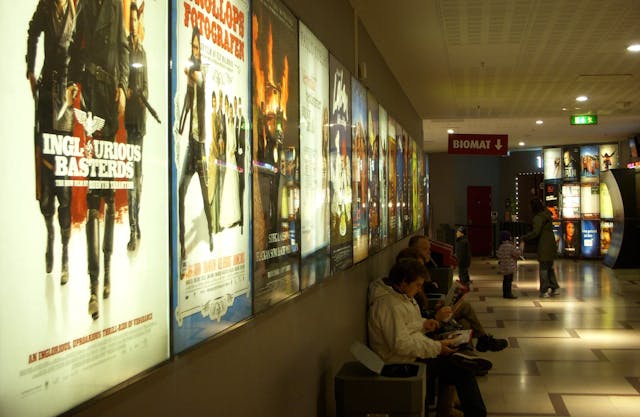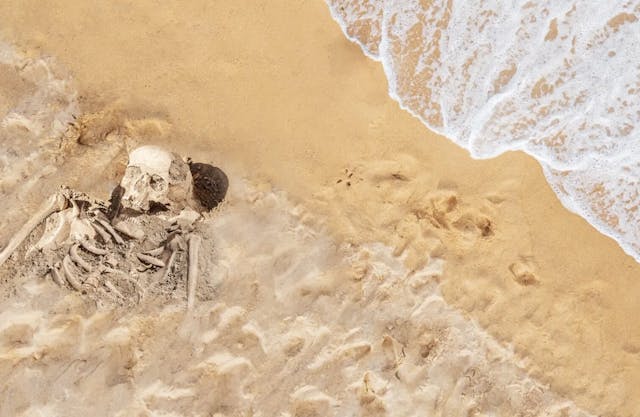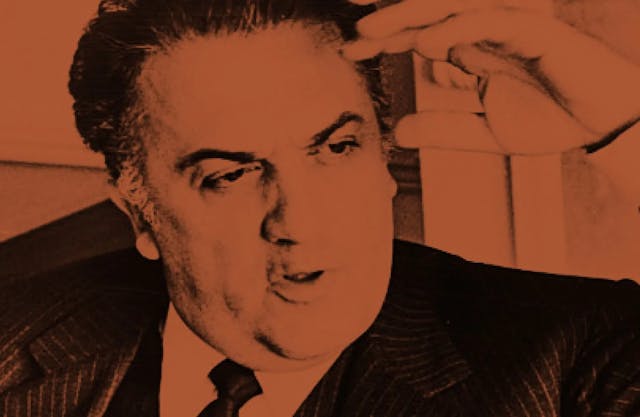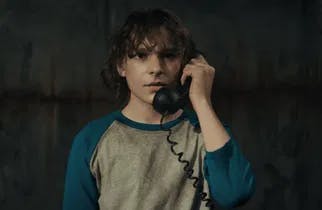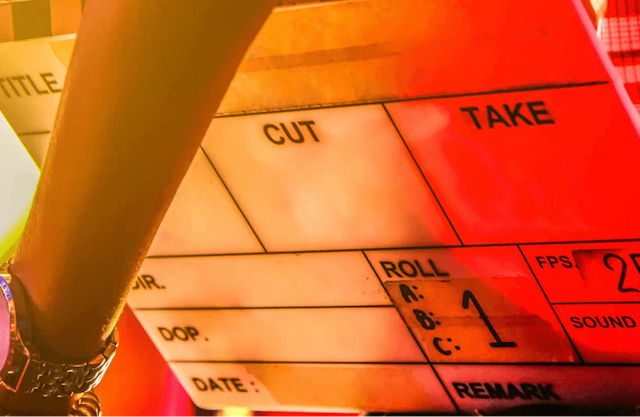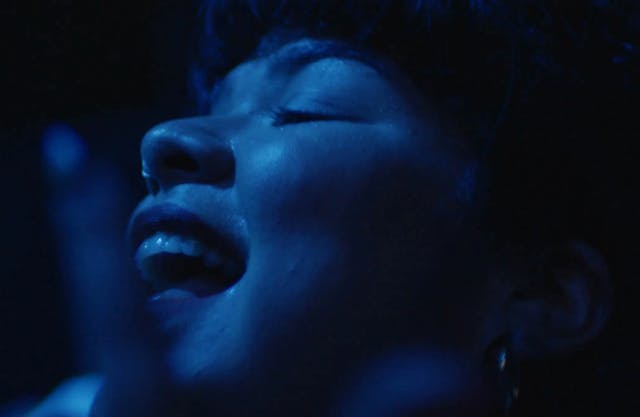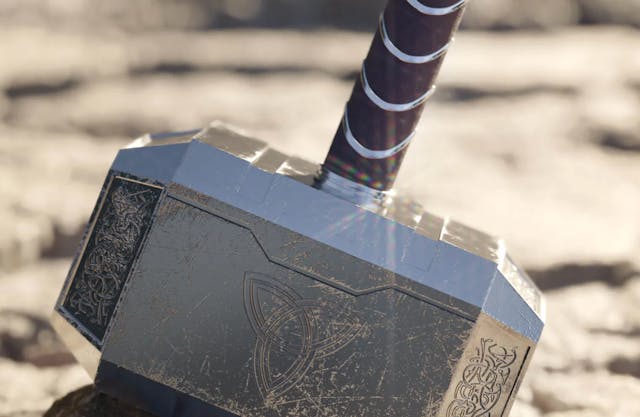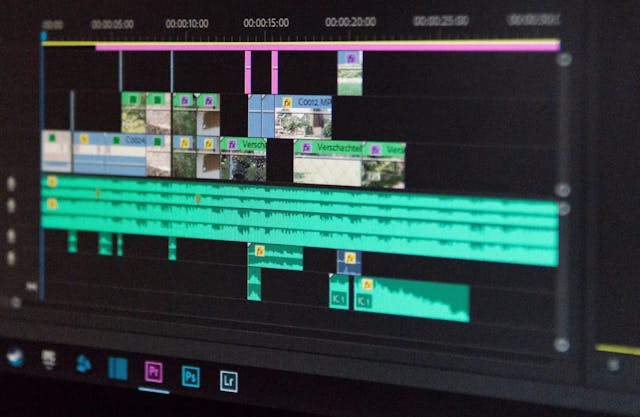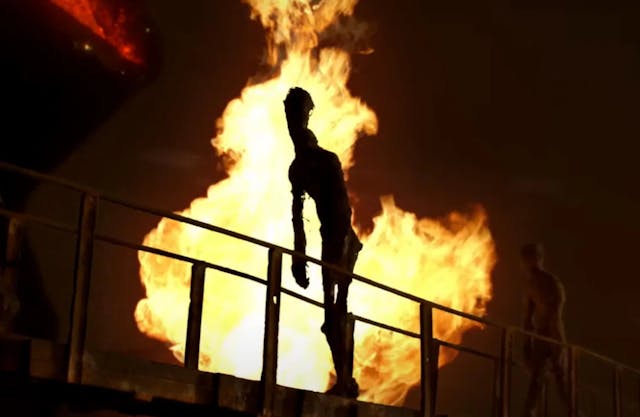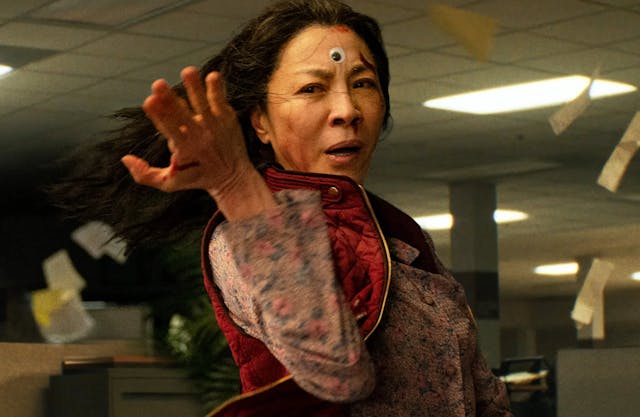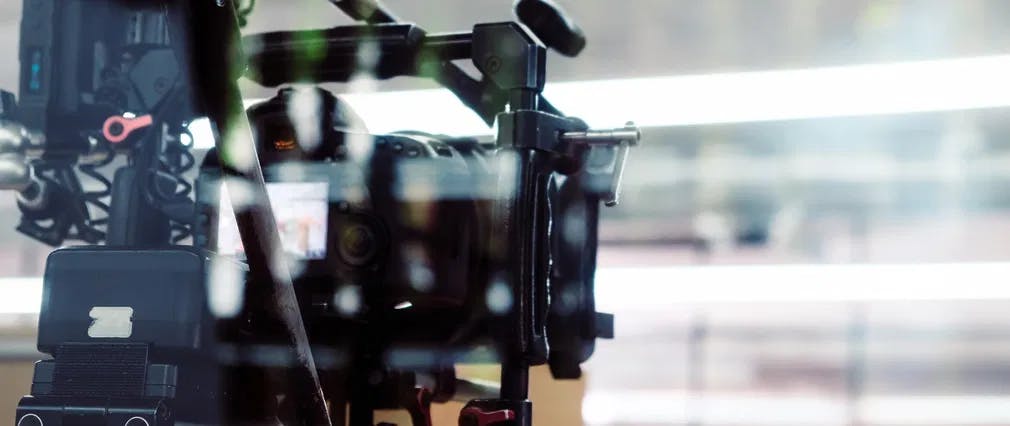
The single-take scene is a visual gambit in cult classic movies, indie movies, and blockbusters alike. It is a neat trick. Some time ago, it seemed a display of creativity and a mark of genius in film production. By now, it is at risk of becoming a cliche, a sign of hubris. It may be a gratuitous display of technical resources and skill, with the unintended effect of distracting the movie buff from the central narrative. So, why would filmmakers risk losing their audience for such a stunt? We need to paraphrase mountaineer George Mallory. When asked why he wanted to climb Mount Everest, he famously said "Because it is there”.
That is why you want to do it: because you can.
The question is, should you?
Film Production Glory
Editing, one of the building blocks of film production, basically allows you to shorten and expand time. The single-take scene seems like a renunciation of these capabilities, aping a state of being that brings the make-believe to something closer to reality. Superficially, it might seem like you are renouncing the use of a crucial element of cinematic artifice. But when it works, it can be glorious. At the start of Touch of Evil (Orson Welles, 1958), a bomb is placed in the trunk of a car crossing the US-Mexico border, just as Mexican detective Mike Vargas (Charlton Heston) visits with his new American wife Susan (Janet Leigh). The sequence starts with a ticking clock and ends with a bang, but the studio was not impressed. They polluted the visuals of this cult classic movie by superimposing the credits on them. It was not until 1998 that a new version re-edited according to his wishes was released. At last, the initial single-shot sequence was free of distracting text.
In Goodfellas (1990), Martin Scorsese fashioned a landmark in this particular cult classic movie. Henry Hill (Ray Liotta) and his girlfriend Karen (Lorraine Bracco) enter a nightclub through the backdoor, glide through the kitchen and the back corridors while he greets the staff, and land at a prime table right in front of the stage. The only “real” element is the time it takes them to move from point A to B. The intricate choreography of the camera, actors, and props is film production fabrication at its most whimsical. Pure magic, conveyed in the physical realm, with people and things.
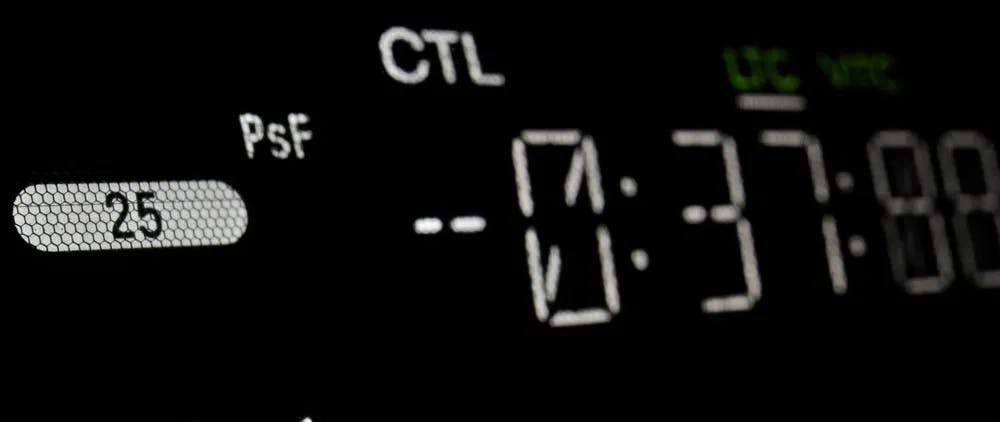
The skills are breathtaking, but what makes it a cult classic movie feat is the effect on the viewer. It makes narrative sense. It seduces the viewer, just like Henry is seducing Karen. The killer needle-drop of setting the whole thing to the luscious Then He Kissed Me by The Ronettes is icing on the cake.
A Cautionary Tale
Less-than-stellar movies get an uplift from these displays of film production imagination. Brian De Palma’s much-maligned adaptation of Tom Wolfe’s The Bonfire of the Vanities (1990) remains a cautionary tale for Hollywood, more than 30 years after it bombed. TCM just released a podcast adaptation of Julie Salamon’s The Devils’ Candy, her landmark book-long reporting on its making - or shall we say unmaking -. It brought the movie back into public consciousness and streaming services. It is currently available on HBOMax.
I am afraid a critical reappraisal will not translate into vindication for De Palma but check out that opening scene. It is delicious. An unbroken take follows journalist Peter Fallow as he arrives at a glamorous event celebrating his eponymous novel. The scene plays like a fizzy lark. It proves to be the premature high point of an enterprise bound for failure. Kudos to Rita Wilson, playing a brittle PR rep trying to lasso in Bruce Willis as insolent journalist hack Peter Fallow. In a cruel twist of film production fate, it came out the same year after Goodfellas, just four months later. The best and arguably the worst movie of the year, both have killer single-shot scenes.
An Admirable Feat of Film Production
It is a cautionary tale for up-and-coming filmmakers. A good single-shot scene is not enough to prop up a whole movie. Even when it makes sense, it might not work. In Atonement (Joe Wright, 2007), there is a show-stopping scene surveying the gory madness of the Dunkirk evacuation in WWII. It is an admirable feat of film production, but it calls too much attention to itself. It takes you away from the reality it is trying to sell you. War is hell...¡but look ma! ¡No cuts!
If you can trust IMDB trivia, the shot took two days to film, with one thousand extras and unruly outdoor locations with natural light. As fun as they look, single-take scenes require many film production resources and eat up a lot of shooting time. Before you set your heart on one of these showcases, take a measure of how it will impact your production flow. And consider if you have enough budget to get it done.
You may see these single shots marvel as a call to action, a tease, an invitation to play. But sometimes, you catch a master of the form that shreds any ambition you might have to achieve that kind of cinematic virtuosity. Khrustalyov, My Car! (Aleksei German, 1998) is a dark picaresque about a soviet general going to virtual hell as Stalin dies, is a film production composed of a series of baroque one-take wonders, so dense and packed with detail that they overwhelm you. If you appreciate the form, you have to take this in, but be warned. It is a difficult, moody movie. It does not blink when it comes to portraying violence.
You Have Not Seen It All
When you think you have seen everything, and there is no way anybody can make this trick his own, along comes Annette (2021). Leos Carax’s challenging musical starts with the director working at a recording studio with the cult band Sparks, session musicians, and a chorus of female singers uniformed in aquamarine dresses. Carax says “So, may we start?" and the prompt becomes the first verse in an opening number. After a few cuts in the studio, the camera tracks the talent leaving for the streets. The rest of the cast assembles and walks, intoning a self-referential hymn about putting on a show.
Actors Adam Driver and Marion Cotillard start the promenade as themselves. They end it as their characters: a bitter comedian named Henry McHenry. and a delicate opera singer Anne Desfrasnoux. The unlikely pair is in love. That gliding shot is a simple and elegant way to ease us into their world.
You love to see it. And you would love to do it.
Want to get an email when we publish new content?
Subscribe today